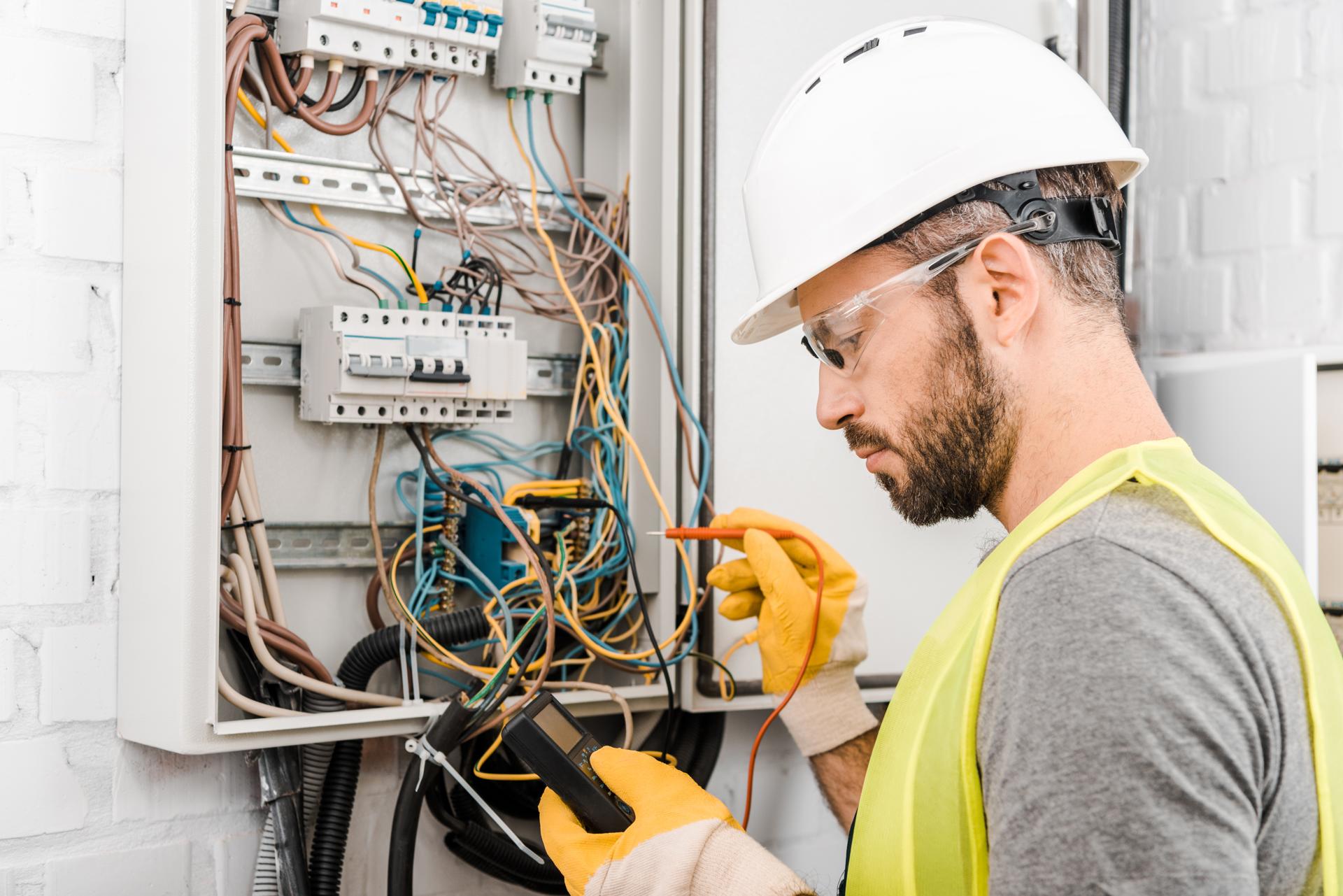Demystifying Electrical Wiring: An Introduction to How It Works in Your Home

Electricity is a vital part of our everyday lives, powering everything from the lights of our homes to the gadgets that we use each day. However, electricity systems are complex, knowing how they work can be difficult. In this guide, we’ll break down the elements of an electrical system and explain how circuits work to power devices and appliances. Our residential electricians can handle any electrical jobs you need.
Components of an Electrical System
An electrical system has several important components that work to supply power to the home. This includes:
Breaker box: the main source of electrical energy in a house, where the electricity is divided into several circuits
Outlets and switches: the points at which electricity is supplied to devices and appliances
Wiring: the electrical wires that transport electricity from the breaker box to the outlets and switches
Electric appliances, devices and equipment: the appliances and devices that require electricity to function
Electrical Circuits
A circuit of electricity is a pathway which allows electricity to flow from the main source (the breakers box) to the devices and appliances in a home. There are two kinds of electrical circuits that can be found in a home which are 120-volt circuits and circuits that are 240-volts. 120-volt circuits are used to power most household appliances and appliances, whereas the 240-volt circuits are utilized to power larger appliances, such as dryers and air conditioners.
Electrical circuits work by completing the loop which allows electricity to be transferred from the source to the appliance or device. The loop consists of a hot wire which transports the power, a neutral wire that completes the circuit as well as a ground wire that provides the pathway for electricity to reach the ground in case of a fault.
Understanding Electrical Wiring
Electrical wiring is available in many kinds, such as non-metallic sheathed wire (NM), armored cable (AC), and conduit. Each kind comes with its own pros and disadvantages, and the choice of the type of wiring is based on the specific needs for the particular installation.
Electricity travels through wiring through the creation of electrons that travel through the wire. Electrons move between the origin and the appliance or device returning to the source using the neutral wire. It is crucial to make sure that the wiring is put in place and maintained correctly, as improper wiring can cause electrical hazards such as shocks or fires.
Common Electrical Problems
Common electrical issues in homes include tripping light bulbs, flickering breakers and electrical outlets that are not working. These problems can be caused by a myriad of causes, including overloading circuits, broken connections, and defective wiring.
If you’re experiencing one of these problems, it’s crucial to pinpoint the root cause and take steps to correct the issue. In some instances this could mean contacting an accredited electrician to inspect and repair the wiring.
Final Conclusion, as well as a Call to Action
In the end, knowing how electrical wiring operates is essential to ensure the safety and security of the electrical system in your home. By adhering to the guidelines laid out in this document to stay secure and avoid potential dangers.
Should you ever have concerns or questions regarding your home’s electrical system, don’t hesitate to contact Local Electrician Emerald. Our licensed electricians have the knowledge and expertise to handle all your electrical needs. Contact us at 1300 933 820 to schedule a appointment.
FAQ
What are the symptoms of faulty electrical wiring?
The signs of an electrical wiring issue can include tripping breakers, flickering lights, or electrical outlets that are not working, for example.
When should I have my home’s electrical system inspected?
It’s suggested that you have your home’s electrical system examined by a licensed electrician every 10 years.
What is the life expectancy of electrical wiring?
The life expectancy of electrical wiring depends on several factors, including the kind of wiring used, the environment it’s installed in, and the standard of installation. The majority of electrical wiring can last up to 30 years or more if it’s installed with proper installation and maintenance.
Do I have the ability to fix electrical issues myself or should I always hire an electrician?
Although some electrical issues are fixable by homeowners, it’s advised to hire an authorized electrician to complete most electrical repairs. If you attempt to fix electrical issues without the proper education and knowledge can be risky and can result in injuries or damages the property.
What should I do if I have an electrical issue in my home?
In the event of an electrical emergency, the first step is to turn off the power to the area affected by turning off the fuse or breaker. Then, contact an authorized electrician to inspect and repair the issue as soon as is possible.
If you follow these tips by following these guidelines, you can ensure the safety and reliability of your home’s electrical system and prevent possible dangers. Keep in mind that when it comes to electrical repairs as well as installations, it’s always recommended to rely on the professionals. Contact Local Electrician Emerald at 1300 933 820 for all your electrical needs.
